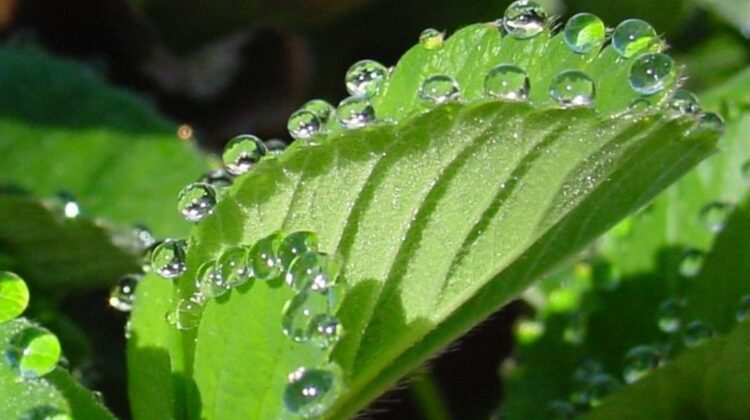
Guttation is a fascinating natural phenomenon that occurs in certain plants and fungi. This process involves the exudation of small droplets of xylem sap, which form on the tips or edges of leaves. While guttation may seem like a curious and harmless occurrence, it can actually reveal a lot about the physiology and health of the plant.
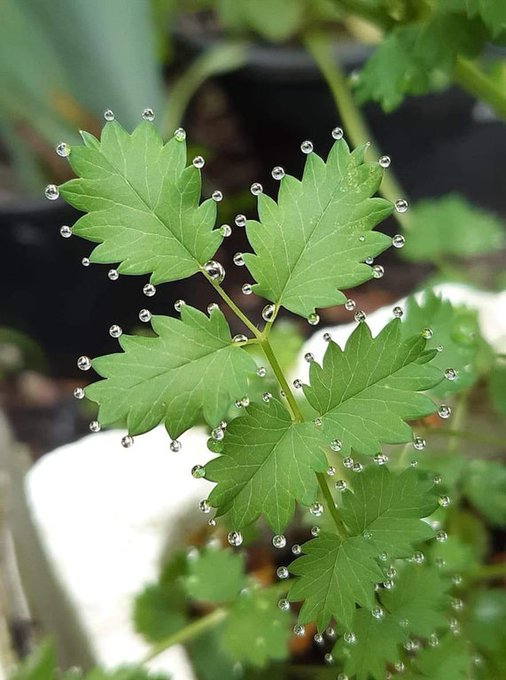
The process of guttation occurs when the plant’s roots absorb water and minerals from the soil, which then travel up through the xylem vessels to the leaves. As the water pressure in the plant increases, excess water is exuded through specialized structures known as hydathodes. These hydathodes are located on the tips or edges of the leaves, and are responsible for the secretion of xylem sap droplets during guttation.

While guttation is most commonly observed in grasses, it can also occur in other plants, such as strawberries, tomatoes, and certain species of trees. Additionally, some fungi also exhibit guttation, with droplets of sap being exuded from specialized structures called ostioles.
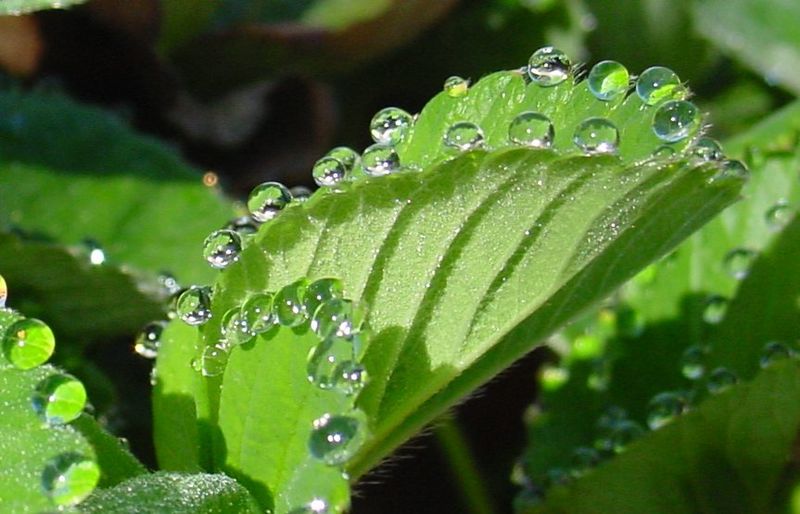
While the formation of droplets during guttation may seem like a harmless and insignificant occurrence, it can actually reveal important information about the plant’s physiology and health. For example, excessive guttation can be a sign of overwatering or poor soil drainage, as the plant is unable to efficiently regulate the flow of water through its system. On the other hand, a lack of guttation can be a sign of dehydration or insufficient water uptake by the roots.
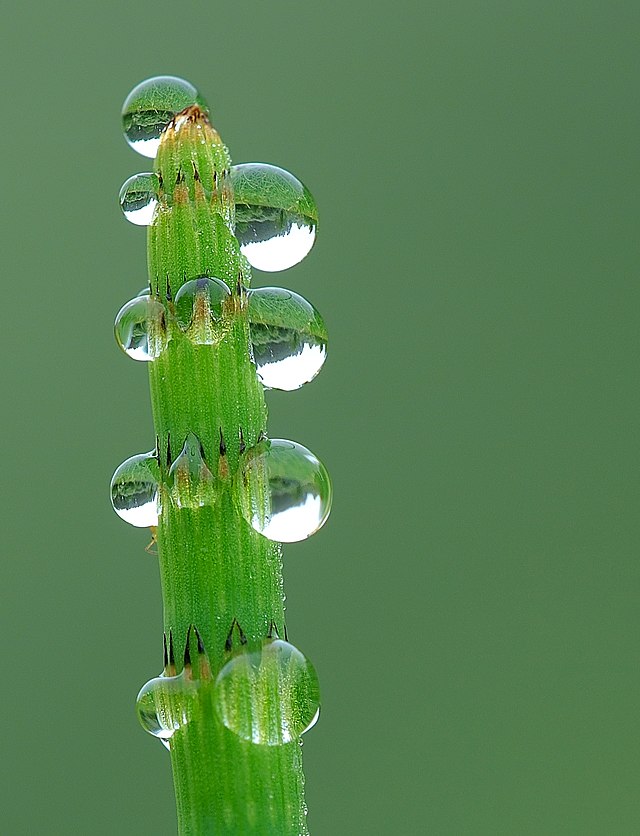
Interestingly, some research has also suggested that the xylem sap exuded during guttation may contain certain beneficial compounds, such as amino acids, enzymes, and hormones. These compounds may play a role in promoting plant growth and protecting against pathogens and environmental stressors.
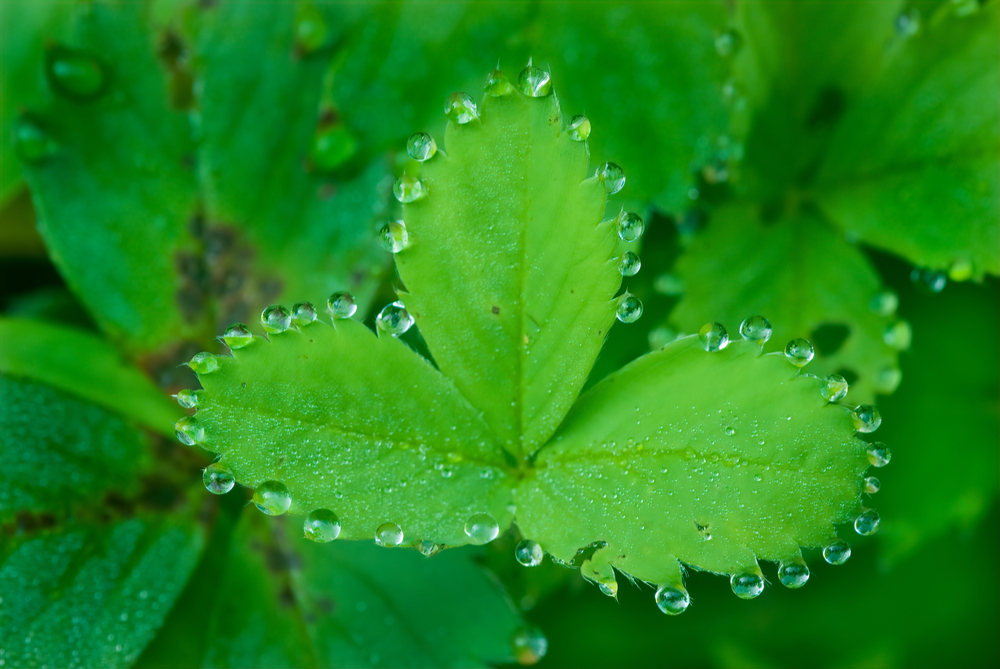
In conclusion, guttation is a fascinating and complex natural phenomenon that occurs in certain plants and fungi. While it may seem like a small and inconsequential detail, the exudation of xylem sap droplets can reveal important information about the health and physiology of the plant. As such, it is worth taking the time to observe and appreciate this intriguing process in the natural world.

Leave a Reply